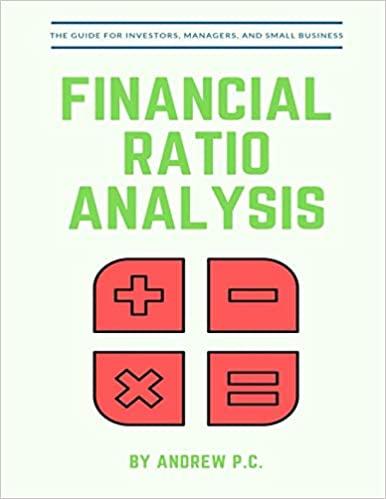Question
Assume the price indexes in Spain and the U.S are at 100 in January 1981 and at 117 and 105, respectively, in May 1981. Assume
Assume the price indexes in Spain and the U.S are at 100 in January 1981 and at 117 and 105, respectively, in May 1981. Assume the peseta is worth $0.1320 in January 1981 and $0.1185 in May 1981.
(a) Compute the PPP rate of the peseta over the period (S1$/PS,PPP ).
(b) Did the peseta appreciate or depreciate against the U.S. dollar in nominal terms over the period? By how much?
(c) What is the real exchange rate for the peseta in May 1981?
(d) Did the peseta appreciate or depreciate against the U.S. dollar in real terms over the period? By how much?
(e) Does your answer in d) make sense? Why? You discover that your Professor was distracted and reported an incorrect nominal exchange rate. In May 1981, the correct exchange was PS 1 = $ 0.1125.
(f) Was the nominal depreciation of the peseta against the U.S. dollar larger, smaller or equal to the PPP prediction between January and May 1981? Was the peseta undervalued or overvalued relative to the U.S. dollar in May 1981?
(g) What was the real exchange rate for the peseta in May 1981?
(h) Did the peseta appreciate or depreciate against the U.S. dollar in real terms over the period? By how much?
(i) What are the implications of your findings for Spanish exporters?
(j) Takeaway message from this long problem: Compare answers a-e with answers f-i. Whats the difference?
Step by Step Solution
There are 3 Steps involved in it
Step: 1

Get Instant Access to Expert-Tailored Solutions
See step-by-step solutions with expert insights and AI powered tools for academic success
Step: 2

Step: 3

Ace Your Homework with AI
Get the answers you need in no time with our AI-driven, step-by-step assistance
Get Started


